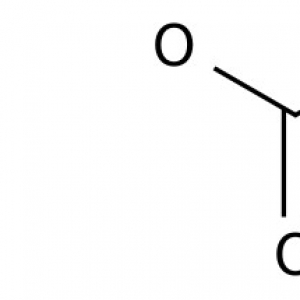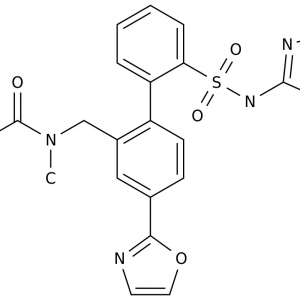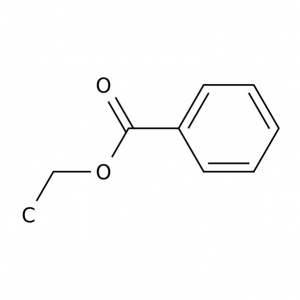An Industrial & Informational Overview of Sodium Cyanide
Sodium Cyanide (NaCN) heralds a molecular weight of 49.008 g/mol with a melting point of 563.888° F. The highly toxic salt commonly appears as a white solid and is redolent of almonds. NaCN is water, ammonia, methanol, and ethanol soluble. Sodium Cyanide is toxic to humans and must be handled with extreme care. A non-lethal dose of the substance has a half-life of 20-60 minutes. Sodium cyanide formula uses in industrial spheres provide a multitude of practical applications, with limited consumer use.
The Origin of Sodium Cyanide
Carl Wilhelm Scheele, of Sweden, first discovered sodium cyanide in 1782 while preparing Prussian Blue dye. Non-traditional uses of sodium cyanide formula is employed for sterilization, control of nuisance vegetation, and elimination of predators of fry (juvenile fish). Moreover, NaCN is an agent used in sheep’s collars as a coyote deterrent.
Industrial Sodium Cyanide Uses
Common applications of sodium cyanide include its use in: fumigation; the refinement of gold, silver, zinc, and lead; dye production; steel hardening; coal gasification; a source of hydrogen cyanide. Case hardening with sodium cyanide formula is performed by means of liquid carburizing. The immersion solution in which steel to be hardened consists of is an even divide of sodium cyanide and sodium carbonate. The implementation of sodium carbonate decreases the rate at which cyanide disintegrates at operation temperature (between 900-950° C).
Sodium Cyanide Toxicity
When handling sodium cyanide it is imperative to follow all instructed decorum, as the substance is pernicious to humans; ingestion and exposure to open wounds, inhalation, and dust remnants can induce poisoning. Sodium cyanide inhibits the respiratory system and retards the body’s ability to use oxygen, thereby stressing the central nervous system (brain), cardiovascular system (heart and blood vessels), and pulmonary system (lungs). Use gloves when handling, as the substance is toxic through absorption of the skin.
Handling Sodium Cyanide Safely
Sodium cyanide is noxious and can be fatal. Handling the substance with care is of utmost importance throughout acquisition from a reputable chemical supplier, intake, and execution. Ensure persons attending to the substance are well-trained and ready to mount an immediate response at the first onset of exposure. NaCN is highly flammable and must always remain away from heat and flame. Store sodium cyanide in cool, air-tight containers. Ensure the substance is in an aptly ventilated unit and housed far from combustibles and all sources of metal.
Sodium Cyanide (NaCN) heralds a molecular weight of 49.008 g/mol with a melting point of 563.888° F. The highly toxic salt commonly appears as a white solid and is redolent of almonds. NaCN is water, ammonia, methanol, and ethanol soluble. Sodium Cyanide is toxic to humans and must be handled with extreme care. A non-lethal dose of the substance has a half-life of 20-60 minutes. Sodium cyanide formula uses in industrial spheres provide a multitude of practical applications, with limited consumer use.
The Origin of Sodium Cyanide
Carl Wilhelm Scheele, of Sweden, first discovered sodium cyanide in 1782 while preparing Prussian Blue dye. Non-traditional uses of sodium cyanide formula is employed for sterilization, control of nuisance vegetation, and elimination of predators of fry (juvenile fish). Moreover, NaCN is an agent used in sheep’s collars as a coyote deterrent.
Industrial Sodium Cyanide Uses
Common applications of sodium cyanide include its use in: fumigation; the refinement of gold, silver, zinc, and lead; dye production; steel hardening; coal gasification; a source of hydrogen cyanide. Case hardening with sodium cyanide formula is performed by means of liquid carburizing. The immersion solution in which steel to be hardened consists of is an even divide of sodium cyanide and sodium carbonate. The implementation of sodium carbonate decreases the rate at which cyanide disintegrates at operation temperature (between 900-950° C).
Sodium Cyanide Toxicity
When handling sodium cyanide it is imperative to follow all instructed decorum, as the substance is pernicious to humans; ingestion and exposure to open wounds, inhalation, and dust remnants can induce poisoning. Sodium cyanide inhibits the respiratory system and retards the body’s ability to use oxygen, thereby stressing the central nervous system (brain), cardiovascular system (heart and blood vessels), and pulmonary system (lungs). Use gloves when handling, as the substance is toxic through absorption of the skin.
Handling Sodium Cyanide Safely
Sodium cyanide is noxious and can be fatal. Handling the substance with care is of utmost importance throughout acquisition from a reputable chemical supplier, intake, and execution. Ensure persons attending to the substance are well-trained and ready to mount an immediate response at the first onset of exposure. NaCN is highly flammable and must always remain away from heat and flame. Store sodium cyanide in cool, air-tight containers. Ensure the substance is in an aptly ventilated unit and housed far from combustibles and all sources of metal.






